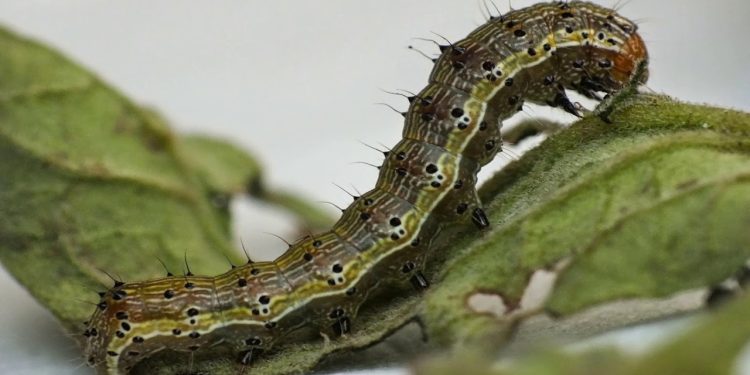The Helicoverpa caterpillar is a major pest that can cause significant damage to crops such as cotton, corn, and soybeans. This article will discuss the latest data and strategies for controlling the Helicoverpa caterpillar and protecting your crops.
According to recent data from the University of Arkansas Division of Agriculture, the Helicoverpa caterpillar, also known as the corn earworm or cotton bollworm, is a serious threat to many crops. The larvae of the caterpillar can cause damage to the leaves, flowers, and fruit of the plant, which can reduce the yield and quality of the crops.
One effective way to control the Helicoverpa caterpillar is through the use of biological control methods such as releasing natural predators like parasitic wasps and predatory beetles. Another strategy is to use insecticides, but it is important to choose products that are specifically targeted towards the Helicoverpa caterpillar and to follow label instructions carefully.
In addition, cultural practices such as crop rotation, planting resistant varieties, and monitoring the crops for early signs of infestation can help to reduce Helicoverpa caterpillar populations and prevent future infestations.
In conclusion, the Helicoverpa caterpillar is a serious pest that can cause significant damage to crops, but there are effective strategies for controlling it. By using a combination of biological control methods, insecticides, and cultural practices, farmers and agricultural professionals can protect their crops and ensure a successful harvest.
#HelicoverpaCaterpillar #CropProtection #BiologicalControl #Insecticides #Agriculture #Farming #PestControl #CropRotation #PlantResistance #PredatoryBeetles #ParasiticWasps #CottonBollworm #CornEarworm #Soybeans #Cotton #Corn #SustainableFarming































